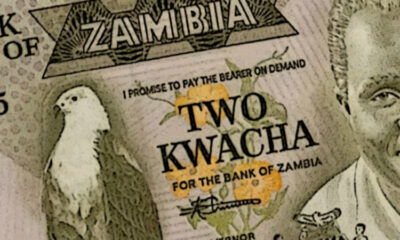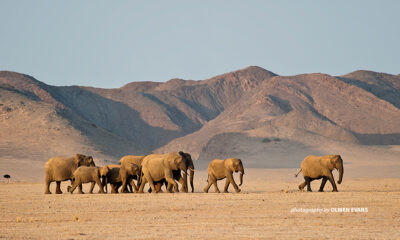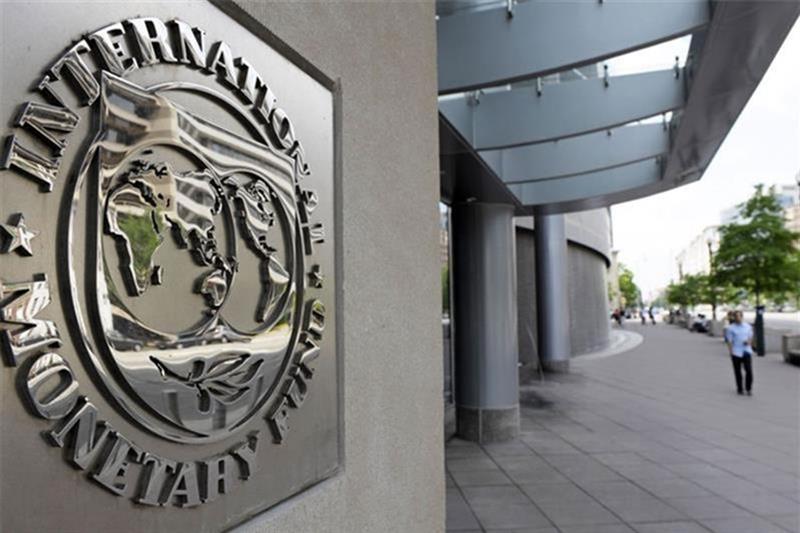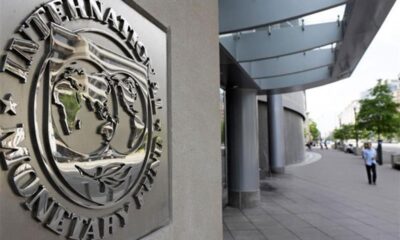There are fears of a disrupted cocoa season in the world’s largest producer of cocoa, Ivory Coast, as there is yet to be rainfall in most parts of the country’s region majored in the essential product.
Local report says farmers are concerned about a prolonged dry spell which could weigh on the outlook of the April-to-September mid-crop.
The country is in its dry season which runs officially from mid-November to March and there are concerns that the intensity of the seasonal Harmattan dry wind, which blows from the Sahara Desert for a variable period between December and March and can damage crops, has dropped in central regions and been mild in southern regions.
In November, the two biggest cocoa producers, Ivory Coast and West African neighbour, Ghana pushed for higher prices for their farm products under the Living Income Differential (LID) and vowed to charge a premium of $400 per tonne on all cocoa sales, starting with the 2020/21 harvest.
One of the leading farmers in the country, Arsene Goli, farms near the center-western region of Daloa, where 0 millimetres (mm) of rain fell last week, 1.8 mm below the five-year average, said “If there is no rain before the end of this month, the trees will start to lose a lot of leaves and the harvest will be small after that.”
Another farmer, Eric Dally, who farms near Soubre, where 0 mm fell last week, 3.6 mm below the average, said “if the trees don’t receive the rain this month, the yield will drop.”
Uncertainties around climate conditions in Africa have been of devastating effects in most African countries lately. According to climatechampions, large areas of Ethiopia, Somalia, and Kenya are currently in the grip of a severe drought.
For some countries, like Nigeria, Sudan, Uganda, and the Central Africa Republic, however, it has been cases of continual rainfall that led to floods that destroyed valuables worth fortunes across the continent.
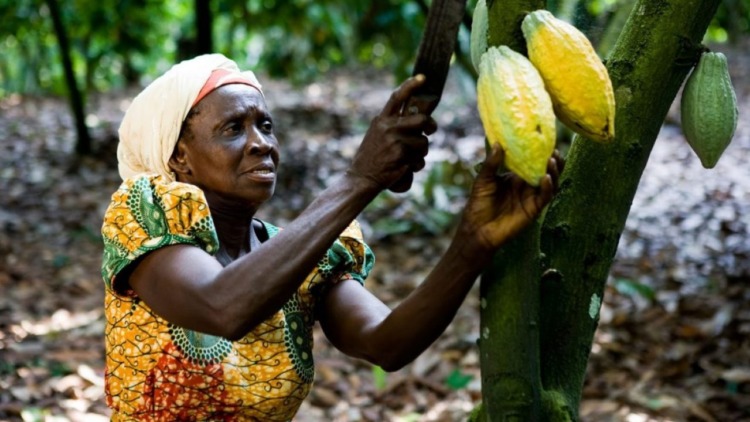

 Metro1 day ago
Metro1 day ago
 Politics1 day ago
Politics1 day ago
 Metro1 day ago
Metro1 day ago
 Sports1 day ago
Sports1 day ago







